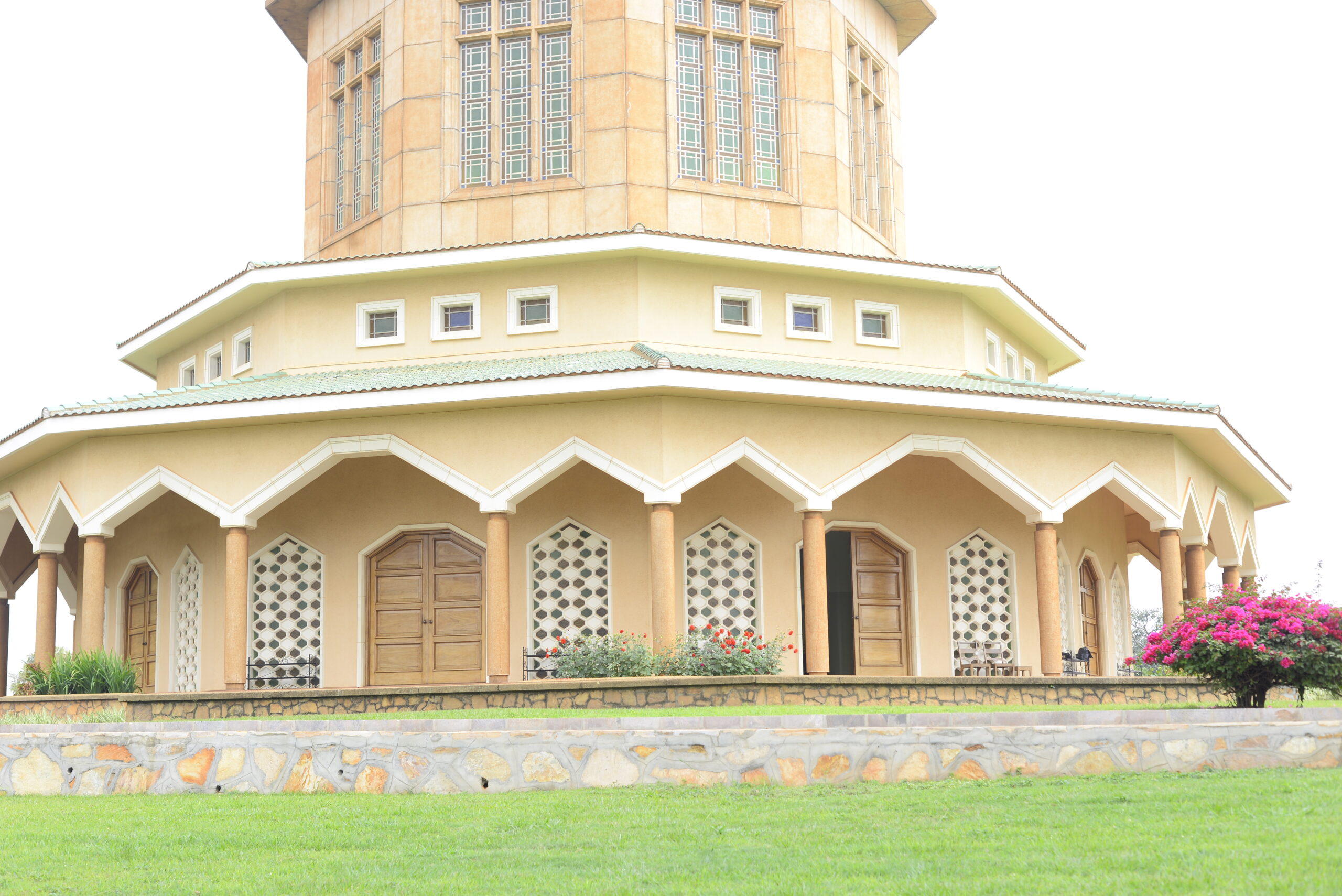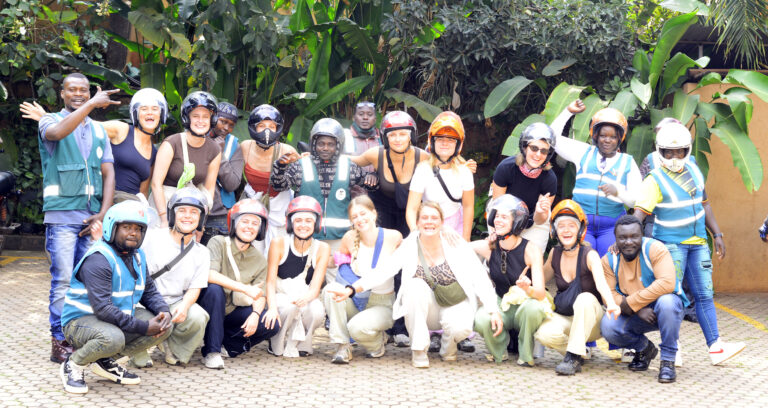Perched gracefully atop Kikaaya Hill in the northern part of Kampala, the Bahá’í Temple stands as a symbol of unity, peace, and spiritual openness. For travelers exploring Uganda’s bustling capital, it offers an unexpected sanctuary—a place where you can step away from the city’s energy and immerse yourself in stillness.
Known officially as the Mother Temple of Africa, it is the only Bahá’í House of Worship on the entire continent. With its striking architecture, serene gardens, and inspiring message of unity among all religions, the temple has become a must-see stop on Keefa Motor Tours routes through Kampala.
A Rare Spiritual Landmark
The Bahá’í faith was founded in the mid-19th century in Persia (modern-day Iran) by Bahá’u’lláh, who taught that humanity is one family and that all religions come from the same divine source. Central to the Bahá’í belief is the idea that people of every race, nationality, and faith are equal and should work together for peace.
Bahá’í Houses of Worship are rare. Only eight exist worldwide, each serving as a spiritual home for anyone—regardless of religious background—who wishes to pray, meditate, or reflect.
The Kampala temple, completed in 1961, was the first and remains the only one in Africa. Its location on Kikaaya Hill was chosen for both its beauty and accessibility, allowing visitors from across the continent to reach it easily.
Striking Architecture With Symbolic Meaning
From a distance, the temple’s turquoise-blue dome rises elegantly above the trees, an unmistakable landmark. The building itself is a blend of African design elements and Bahá’í architectural principles, creating a structure that feels both local and universal.
Every part of the building carries symbolic meaning:
- Nine sides and nine doors – In Bahá’í tradition, the number nine represents completeness and unity. The nine entrances symbolize openness to people from all walks of life.
- The dome – Reaching a height of 38 meters (125 feet), it represents the connection between heaven and earth.
- Simple interior – The prayer hall is free from religious images or idols, reflecting the Bahá’í principle of focusing on the divine without distraction.
Inside, natural light streams in through high windows, illuminating a space designed for silent prayer. No sermons are given, and no music is played unless it is live and unamplified—maintaining a pure, meditative atmosphere.
Gardens That Invite Reflection
The temple sits on 52 acres of land, most of it covered in lush, carefully tended gardens. Tall trees sway gently in the breeze, flowers bloom in vibrant colors, and winding paths lead you to benches tucked into shaded corners.
Visitors often describe the gardens as one of the most peaceful spots in Kampala—a place where the only sounds are birdsong and the rustle of leaves. It’s a favorite for those seeking a quiet walk, a moment of reflection, or even a scenic picnic.
The vantage point from Kikaaya Hill also offers panoramic views of Kampala’s undulating hills and bustling neighborhoods below. On clear days, you can see the city skyline stretching far into the distance.
A Place Open to All
One of the most beautiful aspects of the Bahá’í Temple is its openness. You don’t have to be Bahá’í—or religious at all—to visit. Everyone is welcome to sit quietly inside, stroll the grounds, or simply enjoy the fresh air and views.
It’s also common to meet Ugandan visitors who come here for personal reflection, photography, or even wedding pictures. The temple has become part of Kampala’s cultural landscape as much as its spiritual one.
Fun & Lesser-Known Facts
- The Kampala Bahá’í Temple was dedicated in January 1961, three years before Uganda’s independence.
- Its grounds host rare bird species, making it an unofficial spot for birdwatchers.
- Only one Bahá’í temple is allowed per continent, which means this one is truly unique in Africa.
- The dome was once one of the tallest structures in Uganda.
- The gardens are maintained by a combination of staff and volunteers, some of whom travel from abroad to serve.
Visitor Tips
If you plan to visit the Bahá’í Temple with Keefa Motor Tours, here’s what you should know:
- Opening Hours – Generally open daily from 8:00 AM to 5:00 PM.
- Dress Code – Modest clothing is appreciated, especially inside the prayer hall.
- Photography – Allowed in the gardens but not inside the prayer hall.
- Silence – The interior is for quiet prayer and reflection; please switch off your phone or set it to silent.
- Accessibility – The temple sits atop a hill, but boda bodas can bring you right to the entrance.
Why It’s a Must-Visit
Many visitors say that after experiencing Kampala’s lively streets, the temple offers a perfect balance—a deep breath of peace. It’s also one of the best spots in the city for panoramic photography and a great way to understand Uganda’s openness to different faiths and cultures.
For travelers interested in architecture, religion, or simply beautiful green spaces, the Bahá’í Temple is a highlight of any Kampala itinerary. And with Keefa Motor Tours, you’ll get more than just a quick stop—you’ll hear the history, the meaning, and the personal stories that bring the place to life.
Final Thoughts
The Bahá’í Temple is more than just a building—it’s a philosophy made tangible. It represents unity in diversity, a concept deeply relevant in today’s world. Visiting it isn’t just about ticking off a tourist attraction; it’s about pausing, breathing, and remembering our shared humanity.
When you stand on Kikaaya Hill with the city spread out below, the dome above you, and the breeze carrying the scent of flowers, you’ll understand why so many leave this place with a sense of peace they carry long after they’ve left.
📍 Location: Kikaaya Hill, Kampala, Uganda
🎟 Entry Fee: Free
🚴 Best Way to Visit: With Keefa Motor Tours for a guided cultural experience




